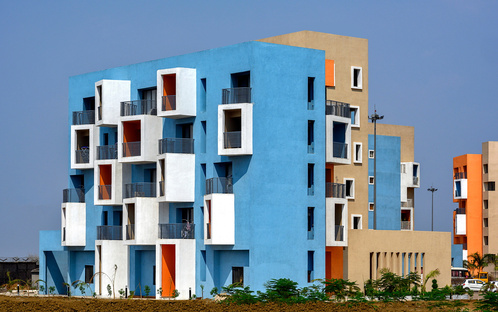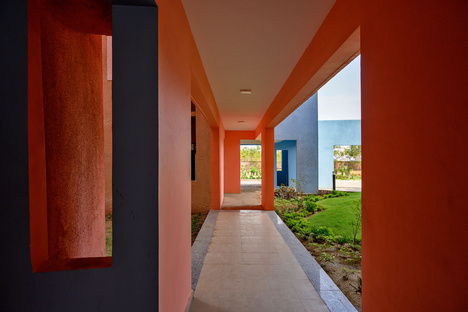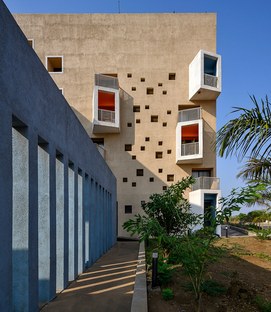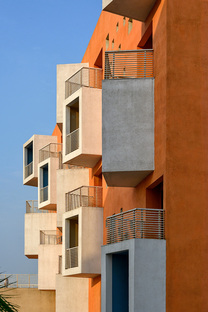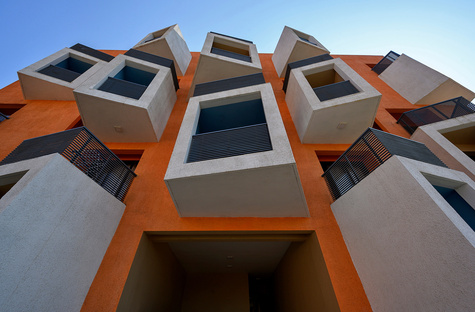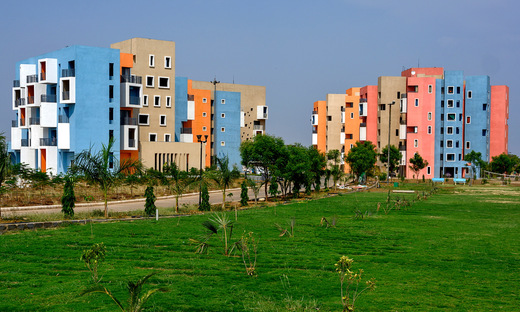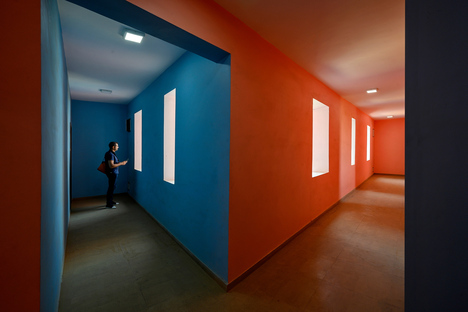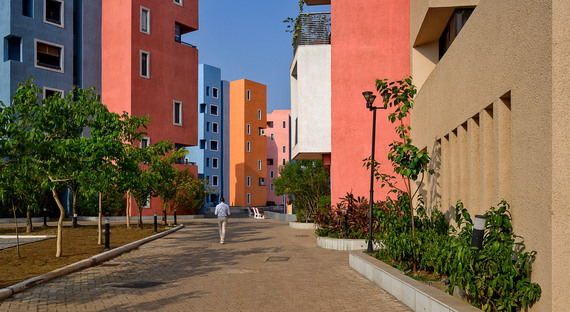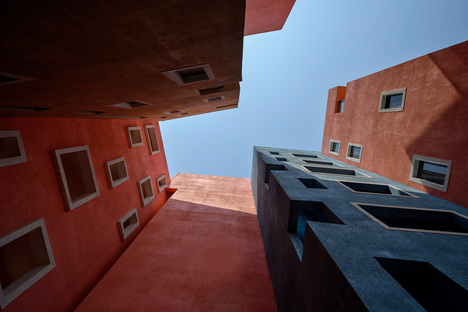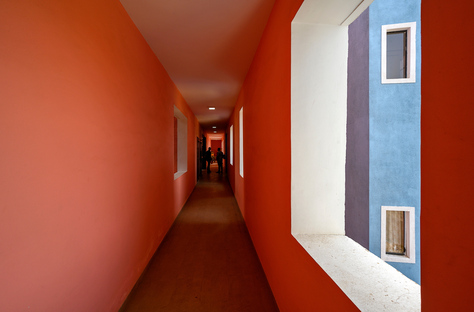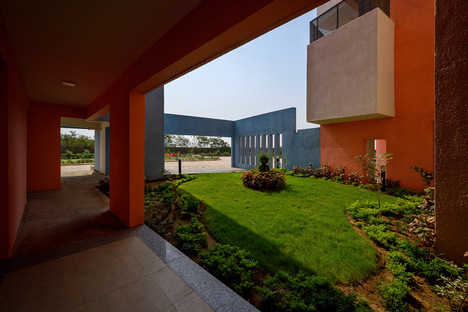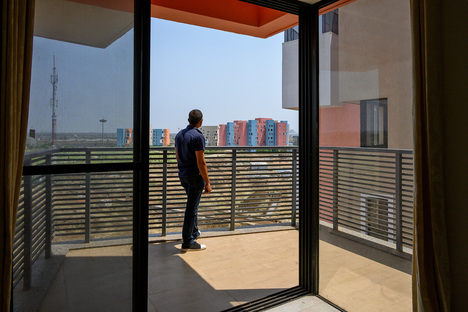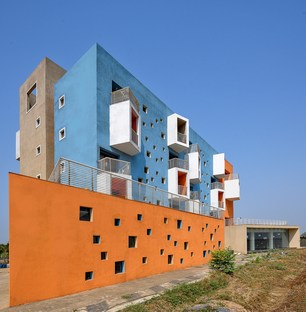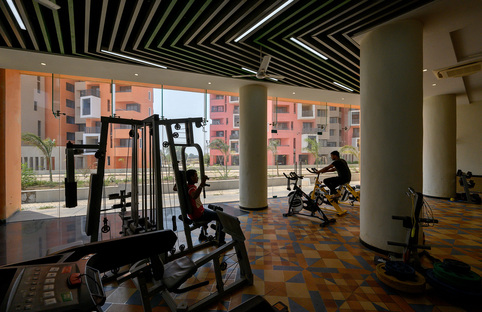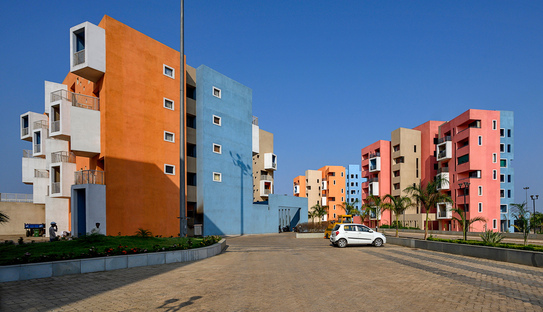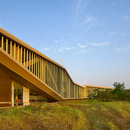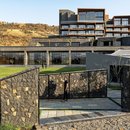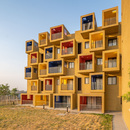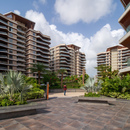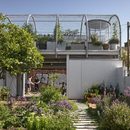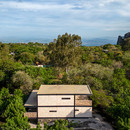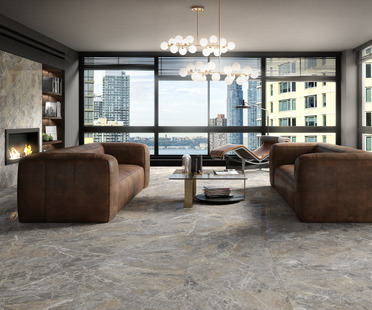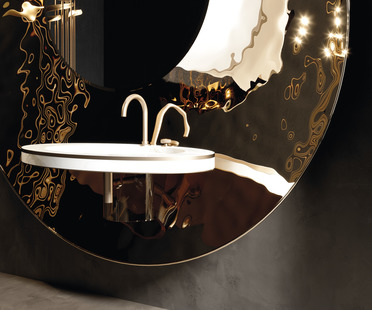14-06-2022
Shree Town, new sustainable housing by Sanjay Puri Architects
- Blog
- Sustainable Architecture
- Shree Town, new sustainable housing by Sanjay Puri Architects
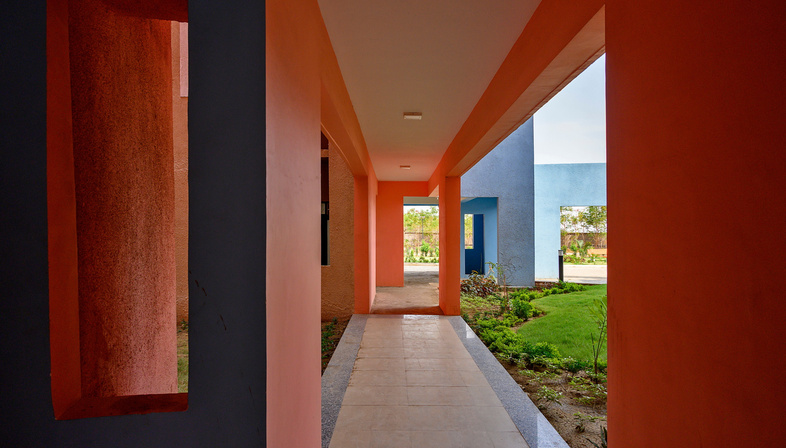 For some years now, the Mumbai-based Sanjay Puri Architects studio has been carrying out projects for the Shree cement plant in Raipur, in the Indian state of Chhattisgarh in north-eastern Dekkan. The city – or more accurately the metropolis – has become an industrial and commercial hub in the area and sees constant growth. So much so as to justify the development of new residential areas, created not least in response to the needs of some local industrial plants to adequately accommodate their employees.
For some years now, the Mumbai-based Sanjay Puri Architects studio has been carrying out projects for the Shree cement plant in Raipur, in the Indian state of Chhattisgarh in north-eastern Dekkan. The city – or more accurately the metropolis – has become an industrial and commercial hub in the area and sees constant growth. So much so as to justify the development of new residential areas, created not least in response to the needs of some local industrial plants to adequately accommodate their employees.It is precisely in this context that Shree Town was born, a masterplan for a self-sufficient housing project developed for the factory’s workers, on a 14 hectare area that includes a large landscape park as well as a school and a club along the perimeter of the site. In other words a genuine "compound", as is typical for India.
The general masterplan includes the residential complex designed by Sanjay Puri Architects. Mid-rise buildings, arranged based on an organic layout, where each develops around a sheltered open courtyard, planted areas and gardens that promote air circulation and, with it, a better microclimate, not least thanks to the plants. A passive solution based on the idea of the traditional courtyard house, a method also seen in the project for the cement factory’s headquarters.
The organic nature of the layout of the buildings also creates multiple spaces characterised by varying degrees of coverage and shape. All of the water within the project is recycled and reused through its own wastewater treatment plant. In the design, architects from the Sanjay Puri studio have integrated a large collection of rainwater that is used for irrigation of the park.
In response to the scorching climate characterising the area, all apartments have been designed with recessed windows, sheltered balconies and cross ventilation, "to mitigate heat gain in response to the hot climate of the location, where temperatures remain in excess of 35 °C for 8 months of the year.", as the architects explain. The design approach gives the complex a particular appearance, further emphasised by the expert use of colour. To compensate for the distance from the capital city of Raipur, located 90 km away, with a smaller town 3 km away, the Sanjay Puri Architects studio used various colours typical of the Indian tradition to liven up the complex with vibrant combinations that identify the different types of buildings within the residential area. As the architects explain: "Vibrant colours are an integral part of traditional festivals, clothing, ornaments, housing and food in India.", which is precisely why their use – particularly in circulation spaces – creates a sense of belonging to the place. The interior spaces of each home, instead, feature neutral colours, allowing the inhabitants to customise their homes, for a total of 72 studios, 48 2-bedroom apartments and 48 3-bedroom apartments.
In conclusion, we can certainly say that with Shree Town, the Sanjay Puri Architects studio confirms its attention to sustainability, understood both as environmental and social. The project respects the local context and culture and responds passively to the hot local climate, expertly incorporating traditional construction principles.
Christiane Bürklein
Project: Sanjay Puri Architects
Location: Raipur, Chhattisgarh, India
Year: 2020
Images: Dinesh Meta










